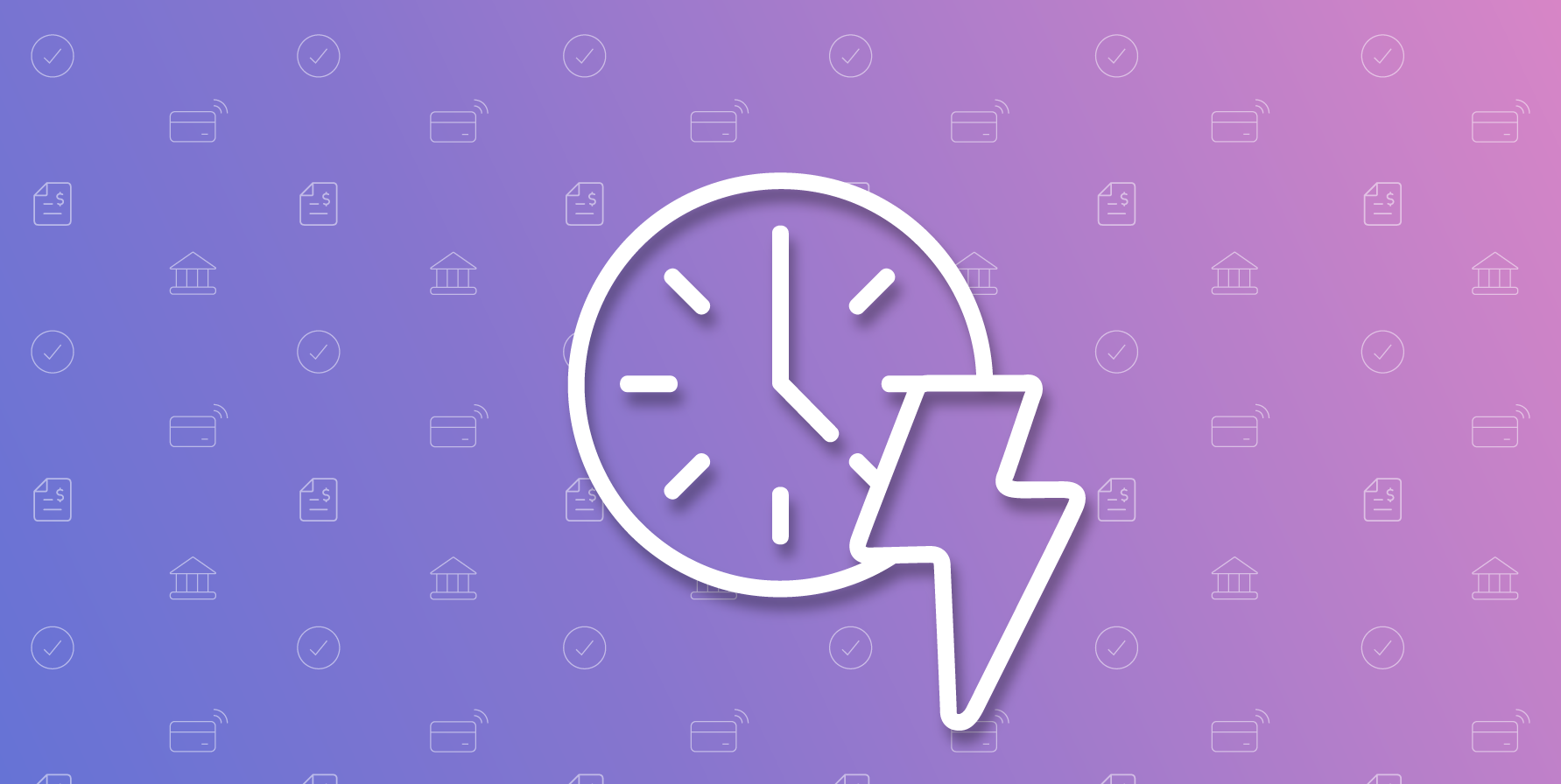The demand for real-time payments (RTP) is booming. Globally, the RTP market is expected to hit $16 billion this year and — according to one international market research firm — will surpass $277 billion by 2032.
A variety of factors, starting with the ubiquitousness of smartphones, are driving this ground swell, but it was the pandemic that put the demand for real-time payment capabilities into overdrive as merchants and financial institutions (FIs) hustled to give their customers an array of cashless payment- and RTP options.
.png)
According to one report, globally, more than 70.3 billion real-time payment transactions were processed at the height of COVID in 2020, marking a 41 percent spike in real-time transactions at the time.
U.S. consumers, in particular, have demonstrated a nearly-insatiable appetite for RTP. So much so that industry analysts now predict the U.S. will eventually account for 40 percent of the total RTP market share. And that’s just the beginning: 85 percent of business leaders say RTP capabilities are among their top considerations they look for when selecting FIs to do business with.
The Clearing House, Fed Now and RTP
One of the biggest players in the U.S. market is The Clearing House, a “banking association and payments company … owned by the largest commercial banks” that traces its roots back to 1853. Today it clears more than $2 trillion daily through wire, ACH, check image and its RTP Network.
In 2017, The Clearing House launched its RTP Network, which now works with approximately 200 banks and credit unions across the country in support of their B2B real-time transactions, P2P real-time transactions, payroll, request-for-pay and more.
Similarly, in 2019, the Federal Reserve announced its FedNowSM Service, a second key real-time payment player in the U.S. marketplace.
Slated to launch 2023, the FedNow Service will be an interbank real-time gross settlement system, granting instant access to money as soon as the payment message is received. It will work by debiting and crediting Federal Reserve Bank accounts, similar to how their current Fedwire currently works to settle high-value interbank wire transactions. So far, more than 70 key FIs and payments companies (including BillGO) have committed to supporting the FedNow Service next year.
Real-Time Payments and Bill Pay
Last year, BillGO’s Chief Architect, John Brady, contributed a popular blog to On the GO in which he surveyed the real-time banking landscape. In light of the increased demand for RTP capabilities, we sought out his insights on the growing demand for RTP.
What are the near-term impacts RTP will have on consumers and their billpay experience?
BillGO already offers real-time bill pay through our linked experience. However, in many cases, the bill payments are still processed using traditional rails, so the transaction can take up to two days to be completed.
“BillGO has been offering linked biller networks to our banking and fintech clients since 2018. The focus now is on completing the loop, and backing up the real-time payments posting with real-time settlement.”
Offering true, real-time payment networks in the bill pay experience will allow consumers to pay even more of their bills in a consolidated experience, and receive immediate confirmation of the payment.
Real-time payment networks will also give the consumer more control over their payments. RTP networks such as TCH RTP and the FedNow service are a credit-push model only. If you have ever signed up for a subscription service (with money debited directly from your checking account) and then tried to cancel the service, you will appreciate a credit-transfer only model. Rather than the money automatically being debited from your account, RTP will enable you to issue a credit to send the payment (or not send the payment).
What types of innovation will RTP drive in the bill pay space?
BillGO is exploring several use cases for real-time payments. One is presenting Requests for Payments (RfP) as eBills, while another is enabling small businesses to send RfP bills. Yet another is using RTP/RfP to get access to and pay bank bills. Finally, there are some interesting innovations that involve combining the FDX Open Banking APIs with the RTP networks to combine data access with real-time payments.
Once viewed as a “nice to have,” RTP capabilities now seem like a priority. Do you agree?
RTP has been much more than a “nice-to-have” for quite a while already. BillGO has been focusing on RTP through our network for years. And the card networks have had real time posting for decades.
BillGO has been offering linked biller networks to our banking and fintech clients since 2018. The focus now is on completing the loop, and backing up the real-time payments posting with real-time settlement.
How will RTP address billpay pain points for consumers, billers and FIs, respectively?
I believe RTP and RfP will bring innovation to the bill pay market. We have clients and prospects asking us all the time “does BillGO see real-time payments as our competition?” The answer is “absolutely not!” We see it as complementing our existing offering.
Where we are seeing a lot of interest in using RTP — and specifically RfP — is in paying bank bills like credit card bills, consumer and auto loan and mortgage bills.
Sending our RfPs for bank bills will help address recurring payments and late payments, and it will also help the banks get more RTP transactions into the networks. From BillGO’s perspective, it provides another channel for reliability in receiving bills and making real time payments. From the consumer’s perspective, they will receive eBills almost immediately as the RfPs are sent out, and their payments will be credited to their accounts in real time.
Want to Know More About Real-Time Payments?


